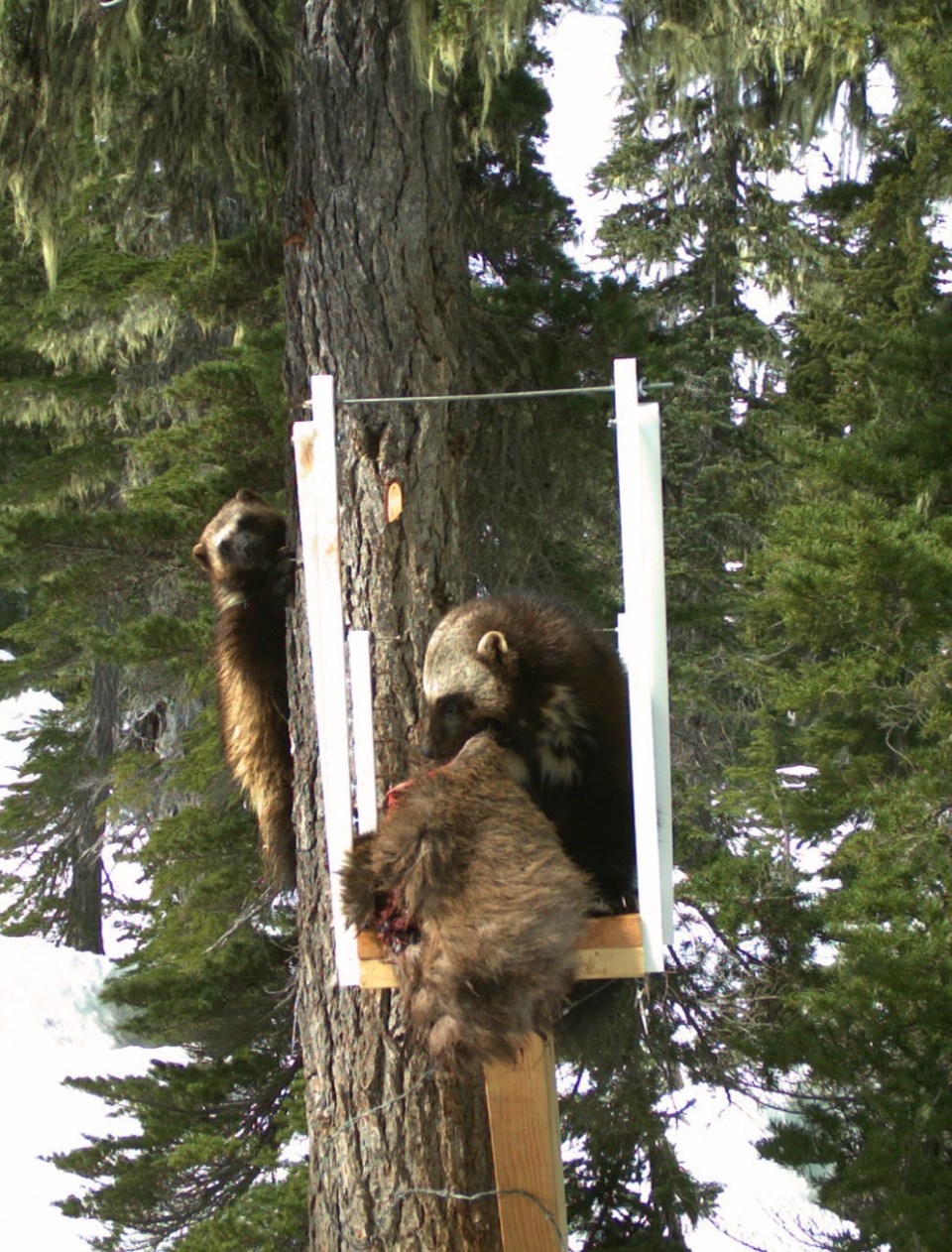Though they look similar to bears, the Sea to Sky Corridor wolverine is much more elusive, rarely venturing to areas where humans could spot them.
Not surprisingly, therefore, much less is known about wolverines in our area.
For those unfamiliar with the species, wolverines are omnivores that can weigh between 11 to 18 kilograms (24 to 40 pounds) and live seven to 12 years, according to National Geographic.
Most Squamish residents have likely never encountered the shy wolverine, but they are at home in our higher elevations and dense forests.
The Habitat Conservation Trust Foundation, in partnership with the Forest Enhancement Society of BC, has undertaken a project to examine home ranges, seasonal movements, and habitat of wolverines on the south coast, including in Squamish.
"We know they are there, but we don't have particularly detailed information about their distribution, how many there are, their specific habitat use throughout a 12-month cycle. That is critical information to feed to managers of and users of the landscape," said Habitat Conservation Trust Foundation chief executive officer, Brian Springinotic.
With this three-year project, bait stations with remote cameras are set up in the wilderness to detect the wolverines, which resemble a bear crossed with a raccoon, though they are actually part of the weasel family.
Because each wolverine has a unique fur pattern, footage captured helps researchers get a sense of how many there are and their distribution.
Earlier this month, the Forest Enhancement Society of BC, which was formed by the provincial government in 2016, committed a further $3 million to such wildlife habitat projects carried out by the foundation.
"One of the reasons we are investing in this project is to get much more fine-scale information about wolverine movements and then the proponent — in this case the provincial government — can use that information to guide the kind of land use they are prepared to allow on the land base in a manner that hopefully will consider wolverine habitat needs," said Springinotic.
Other projects the foundation carries out in Squamish include, among others, the relocation and inventory of Roosevelt elk and research of bull trout.
Projects like these are essential because every species is important, Springinotic said.
"The fact is, we've got functioning, natural ecosystems in this province. Lots of parts of this globe no longer have that. Remove individual pieces of that ecosystem, and it is kind of like Jenga — every block you remove, you don't know when that ecosystem is going to fall apart."
For more information on the foundation or its projects, go to hctf.ca.




